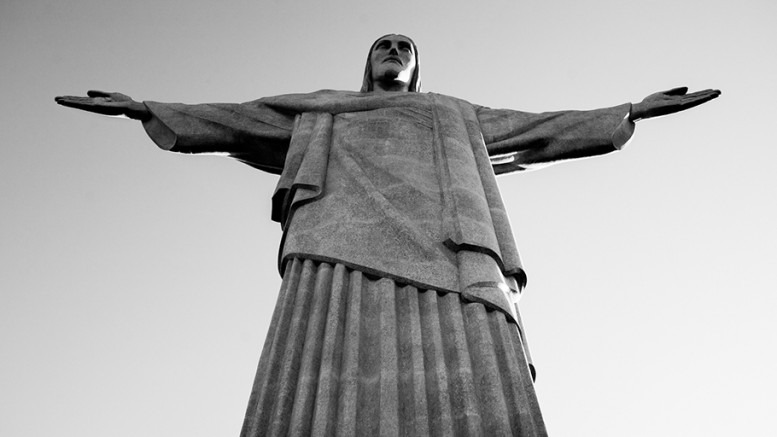Carlos Álvaro (Capital Madrid) | According to the latest ‘World Investment Report 2021’ by the United Nations, Foreign Direct Investment (FDI) flows to Latin America fell by 45% last year, to $88,000 billion (8.8% of the world total). This is a far cry from the $160,000 billion in 2019.
The decline was larger than the average fall globally (-35%) and in developing areas (-8%) and much larger than the decline in Africa (-16%). Globally, FDI plunged in developed countries (-58%), especially in Europe (-80%). In North America it dropped 40% and in Asia it rose 4%. “Latam suffered from the collapse in export demand, falling commodity prices and the disappearance of tourism, which caused one of the worst global contractions in activity.”
“It is unlikely there will be a significant recovery of FDI in Latam in the short term,” says the report. At a global level, it estimates that for this year foreign investment will still be 25% lower than in 2019. That said, it will recover some of the lost ground with a rise of 10%-15%.
By country, the US attracted the most investment in 2020 ($156 billion), with China in second position ($149 billion), followed by Hong Kong, Singapore and India. The Latin American country that attracted the most investment was Mexico (ninth in the world), surpassing the traditional largest recipient in the area, Brazil (eleventh). They are the only two Latin American countries in the top 20.
FDI in South America fell by more than half in 2020, to $52 billion, and flows to Brazil and Peru reached their lowest level in two decades. In the large regional economy, it fell by 62.1% to $24.8 billion, due to declining investment in oil, energy and financial services. In Peru, flows plummeted from $8 billion in 2019 to 982 million in 2020, due to one of the world’s worst recessions and political instability. In Colombia it fell 45.3% to $7.7 billion, in Argentina 38.1% to 4.1 billion and in Chile 33% to 8.4 billion. In Ecuador it stabilised ($1 billion) and in Uruguay it grew 43% to 2.6 billion, the highest level since 2012.
In Central America, FDI fell 24% to $33 billion, with a more limited decline of 14.7% (to 29.1 billion) in Mexico, which performed better due to reinvestments. In Costa Rica, the fall in FDI to special economic zones accounted for most of the decline (-38%), to $1.7 billion. In Panama, it plunged 86% to $589 million. In the Caribbean, excluding offshore financial centres, it declined 36% due to the collapse of tourism. The Dominican Republic, the largest recipient in the sub-region, was the ‘culprit’ behind this decline, with FDI inflows falling by 15% ($2.6 billion).
Spain was the second largest investor in Latin America in stock during 2019 (150 billion), behind the US (260 billion) and ahead of the Netherlands (143 billion), Luxembourg (106 billion), Canada (73 billion), Chile (62 billion), France (47 billion) and Germany, Korea and Italy (38 billion).
On the other hand, outward investment by Multilatinas also fell sharply and turned negative, with a disinvestment of $3.5 billion. The collapse was due to negative outflows from Brazilian firms (-$26 billion).





